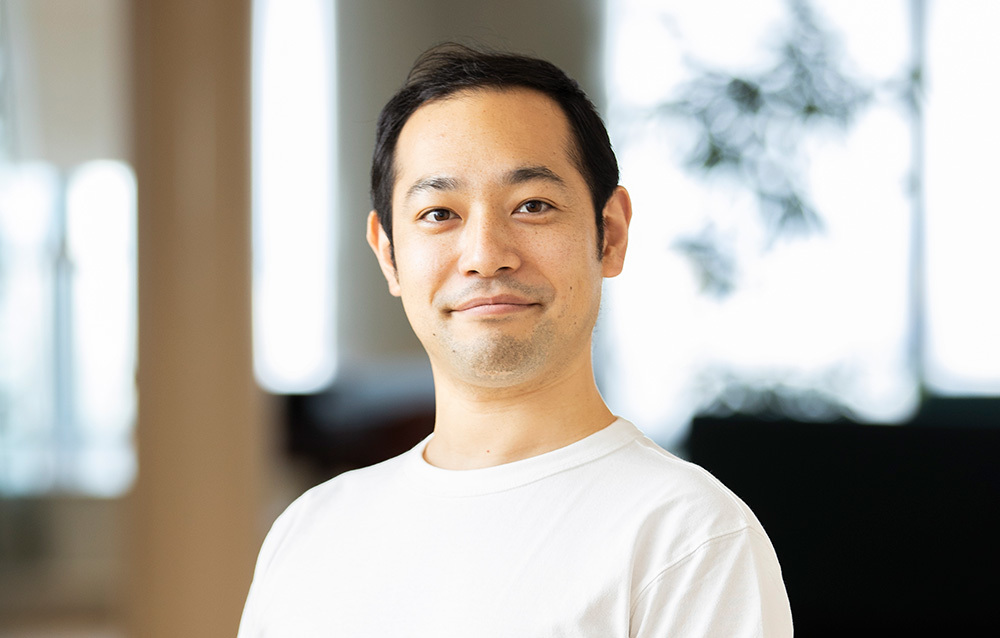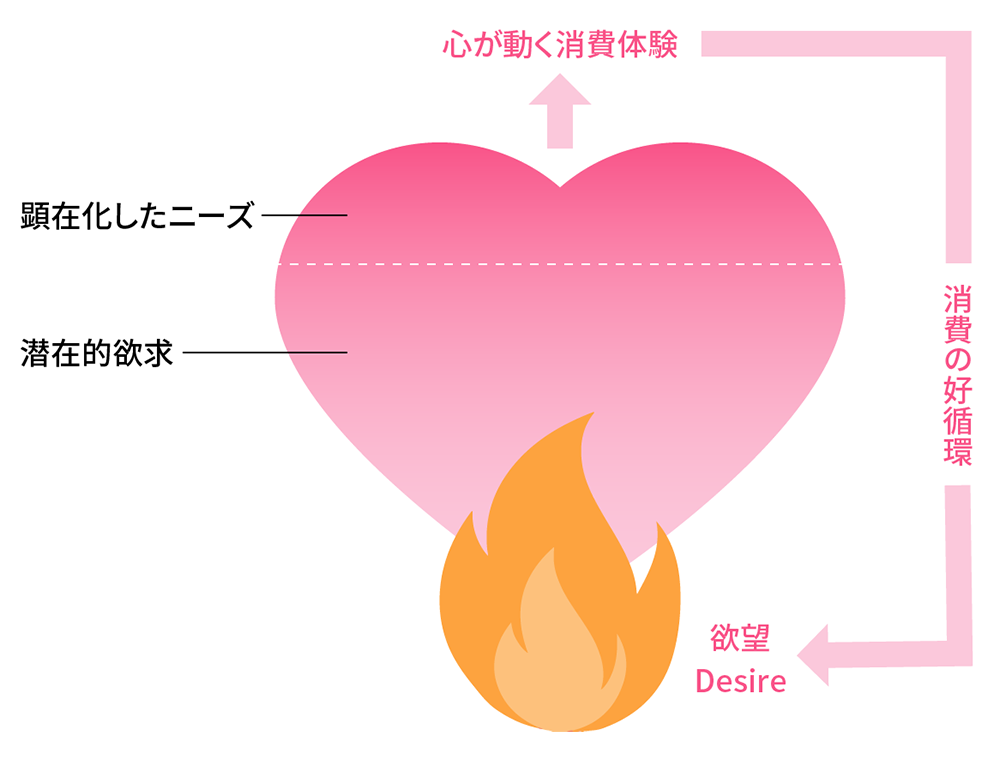When developing new products, we all want to create hits. We want to deliver products that truly delight customers. This is the aspiration of every product developer. Yet, many struggle, finding their idea generation and development processes stuck in a rut, unable to find a breakthrough.
To break through this, what perspectives and processes are needed for future product development? Takashi Chiba of Dentsu Inc.'s cross-organizational project "DENTSU DESIRE DESIGN (DDD)", which investigates consumer trends, explains based on his research and product development support experience.
※This article is re-edited from a blog originally published on Do! Solutions.

Takashi Chiba Producer/Planner , Dentsu Inc. After working in sales, digital, television, and DENTSU SOKEN INC., he joined the Future Forecasting Support Lab/Future Business Creation Lab in 2022, which creates future corporate value for clients. He also leads the consumer research project "DENTSU DESIRE DESIGN," analyzing consumption trends and new product development based on desire.
The most important point is whether it "moves the heart"
Common Challenges Faced by New Product Developers
At DENTSU DESIRE DESIGN (DDD), we have supported new product development for various companies. In these settings, we often hear the following concerns about new product development:
"We want to develop products from the customer's perspective, not just based on product ideas or circumstances."
"We want to create new products that customers will genuinely love, thinking 'This is exactly what I wanted!'"
"New product ideas based on existing data and research are safe bets, but they don't feel like they'll take off."
And so on...
Responding to customer voices and needs is fundamental, but it's easier said than done. Challenges like falling into a corporate mindset or only capturing superficial needs are common. Many companies and managers feel that taking that extra step to delve deeper into customers' "inner thoughts" is key to successful new product development.
What common traits do recent hit products share?
On the other hand, looking at recent hit products, some really seem to have mastered capturing what consumers truly want.
Take the popular "1000-yen gacha" (gacha meal). A particularly talked-about example was the "Gacha Meal" at Hyogo Prefecture's Saiki Service Area. This promotion (though not 1000 yen) offered a chance to win a meal worth up to 2500 yen for 500 yen. It's thought to have resonated not just because of the price advantage, but because the unpredictable "gacha" element matched consumers' desire to "experience something extraordinary within their daily routine."
Additionally, the 100% yellow pea noodles "ZENB" developed by Mizkan are not only healthy and delicious, but their key point is actually that "what we eat is ordinary noodles = the UI (user interface) is simple." Behind this simple product lies immense ingenuity and complex processes involved in making noodles from vegetables. This is one factor that resonated with today's consumers seeking time performance (T/P) value.
Thinking this way, we see that the key to a hit product isn't just about being a good deal or having functionality. It's about how well we can "deeply understand what's in the heart" and develop products that "move the heart." Surely, many product developers are aware of this.
"Moving the heart" means satisfying "desire"
Merely addressing explicit needs doesn't guarantee emotional resonance
Let's delve a bit deeper into the concepts of "inner feelings" and "moving the heart."
When marketing professionals say "capture the customer's inner thoughts," some might think it means simply meeting customer needs. While that is correct, the psychological journey leading to consumption actually involves more nuanced stages.
For example, there's the direct demand like "I want to drink XX (product/brand)", but preceding that are more vague wants or needs like "I want water" or "I'm thirsty". However, since these are all things the customer is consciously aware of, satisfying them brings a certain level of satisfaction, but may not yield the kind of excitement or discovery that truly moves the heart. What DDD considers the "inner feelings" refers to the "true desire/need" lying even deeper than the expressed needs.
DDD defines this "true desire/need" as "Desire" and recognizes it as the crucial driver of emotionally resonant consumption. In other words, products that move the heart are those that can satisfy this "Desire."
Responding to these true feelings (=Desire) creates a virtuous cycle of consumption!
Our research clearly shows that once consumers experience a "heart-moving" purchase through products or services that fulfill their desires, they develop a desire to make another positive purchase next time.
This creates a virtuous cycle of consumption: "I want to buy the same thing again," "I want something new in a different category," and new desires to be fulfilled emerge. This is precisely why DDD advocates for product development focused on desire.
This virtuous cycle of consumption can even become a driving force that enriches and adds vibrancy to consumers' lives. Aiming to develop new products that "move the heart" is not only about creating hits; it is also a crucial perspective that contributes to enhancing people's well-being and improving brand image.
Incorporate the "Desire" Perspective into Product Development
How to concretely develop new products that move the heart
So, how can we create such "heart-moving" new products?
The typical product development flow generally follows a broad sequence: establishing basic new product development policies → concept development → formulating launch strategies for market introduction. While there's no need to completely overhaul this flow, the key point for developing emotionally resonant new products is to conduct every process from a "desire-based" standpoint.
For example, even "consumer research," an essential step in establishing basic policies, can accurately identify the drivers of consumption by delving deep into consumers' hearts to analyze what desires they harbor.
Furthermore, when designing specific launch strategies, creating experiences based on customer desires enables the development of a consistent, consumer-centric strategy.
A new program supporting "desire-based new product development" is now available!
...That said, you might be thinking: "How do we conduct customer research that delves deep into their hearts?" "We're not sure we can accurately grasp customer desires." "We lack confidence in generating product ideas that truly respond to those desires." Taking on desire-based new product development alone can feel daunting.
For such companies, DDD offers the "Heart-Moving New Product Development Program," a solution that provides comprehensive support from desire-based product development to branding. It leverages extensive proprietary research data and insights on desires to visualize target desires. It clarifies the desires to target and supports product ideation and customer experience design. If this article has sparked your interest in desire-based product development, this is a solution you should definitely learn about. We'll cover the details thoroughly in our next article, so be sure to read that as well.
Download the related eBook here








